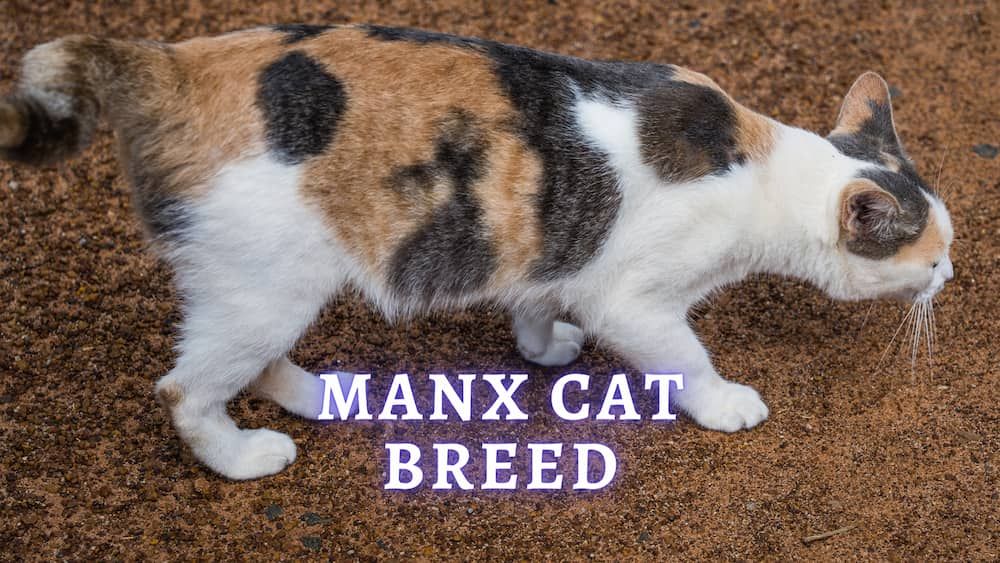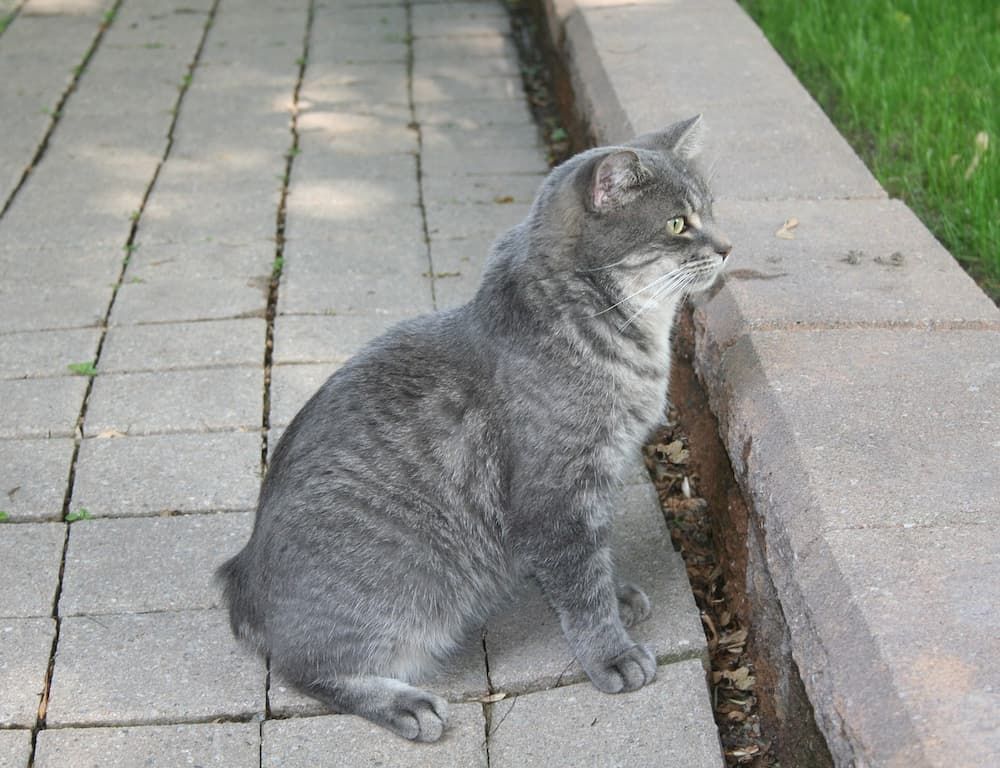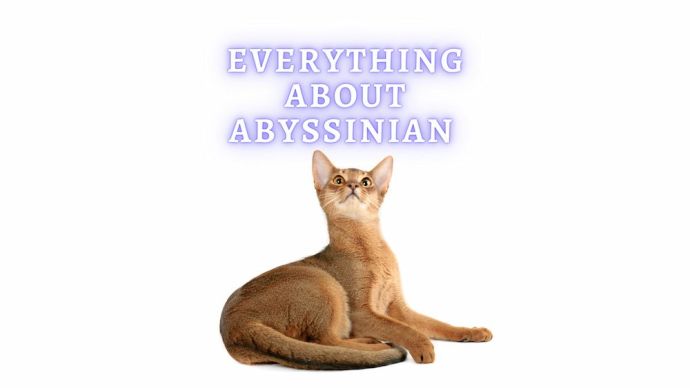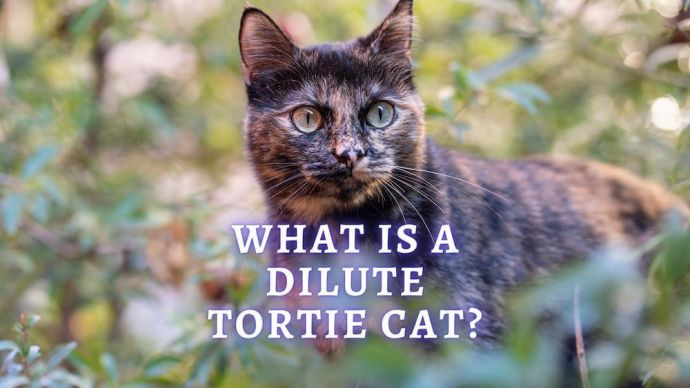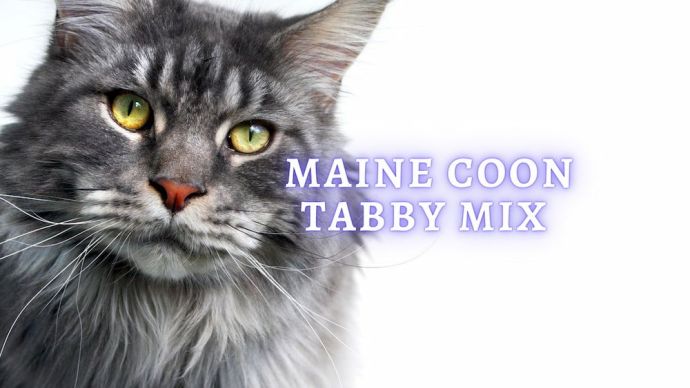Manx Cat: Personality, Breed History and Price
Written by:
Author: Elle Veranth
A copywriter for articles and blogs about pet care, food, beverage, and business. Has always had a passion for writing and editing, but began taking freelancing seriously fairly recently.
View all 29 articlesLearn about our editorial process and veterinary review board.
Viewed: 49
Updated on: 04/24/2023
The Manx is an easily recognizable cat breed due to its main defining physical trait- a very short, sometimes nonexistent, tail! This tailless cat breed hails from the Isle of Man, but they are loved all around the world. They are intelligent, affectionate, and excellent hunters of mice and birds. Careful research is needed to determine whether or not a specific cat breed is right for somebody, but that is what this blog is for. Could a Manx be the perfect cat for you and your family? Read on to learn all there is to know about them.
Characteristics
| Weight | 8 to 12 pounds |
| Height | 7 to 11 inches |
| Colors and Patterns | black, brown, white, red, ebony, orange, blue, gray, cream, beige, tan, chocolate, sable; solid, bi-color, tri-color, calico, color point, tabby |
| Lifespan | 9 to 13 years |
| Suitable for | single people, seniors, families with other cats, families with children |
Breed History
The Manx is estimated to have existed for at least three centuries, and the first recording of them dates back to the year 1807. Their exact origin remains a mystery, but the breed came to be on the Isle of Man, a small island in the Irish Sea between Ireland and Great Britain.
It is believed that a cat with a short-tailed mutation was introduced to the island by either Nordic or Spanish sailors. Due to the island being small and isolated, the Manx gene became the dominant trait among cats living there. [1] There are other stories of their origins as well. One claims that a tailless cat swam ashore after a shipwreck and brought the tailless gene to the island. [2]
Another interesting fact about the history of the Manx cat is that it was one of the original show cats in the first cat show in Great Britain in the early 20th century. The Manx was also one of the founding cat breeds of the Cat Fancier’s Association in 1908. The breed made its way to the United States and other parts of North America in the 1920s. [2]
Interesting Facts
Though they are described as a “tailless” breed, many Manx tails vary in length, and some even have tails that are the length of a normal one. Typically, each cat is part of one of five categories of tail classification:
- Rumpy: These are tailless Manx, but some have a tuft of hair where the tail would be.
- Riser or Rumpy Risers: Manx cats that have a bump of cartilage where the tail would be underneath the fur.
- Stumpy: Cats with a very short tail of fused vertebrae, around an inch long.
- Stubby: Cats with a tail up to about half the length of an average cat tail made of non-fused bones.
- Longy: Manx cats with a half-length to normal-length tail.
Manx cats come in almost every color and pattern combination, though orange, tabby, and tortoiseshell are the most common. The rarest coat color is all-white and the rarest pattern is color-pointed. The Cat Fanciers Association (CFA) declares there is such thing as a shorthaired Manx and a longhaired Manx, but many of them are short. [1]
The Manx cat is often described as having a “round” appearance. This includes a round head, round eyes, and what looks like a round body when they lie down and curl up. They also have strong hind legs and are skilled jumpers.
Temperament and Personality
The three main adjectives to describe a Manx cat are smart, playful, and friendly! They like to be around their people but also have an independent side. All things considered, ratings of various aspects of their temperament and personality are as follows:
| Potential for Playfulness | 4 out of 5 |
| Activity Level | 4 out of 5 |
| Friendliness to Other Pets | 5 out of 5 |
| Friendliness to Children | 5 out of 5 |
| Grooming Requirements and Shedding | 4 out of 5 |
| Need for Attention | 3 out of 5 |
| Affection Toward its Owners | 5 out of 5 |
| Intelligence | 5 out of 5 |
| Independence | 4 out of 5 |
Activity
The Manx cat is a rather playful and active breed. They typically enjoy playing with toys, especially teaser toys that they can chase and catch. These cats are also excellent hunters and have a high prey drive. If they are allowed to be outdoors, they will likely attempt to catch mice and birds. This activity could be a great way for them to blow off steam and get some exercise. Just be sure to take the proper precautions for an outdoor cat.
Manx cats are also quite intelligent and can be trained to understand vocal commands and respond to a clicker. A creative way to feed them treats is to place them inside a puzzle game and allow the cat to search for them. Many Manx cats will appreciate a cat tree that they can use to jump, scratch, climb, and hide. This will help to exercise their strong hind legs also. They are relatively adaptive cats and would do well living in an apartment, as long as they get enough playtime with their owner.
READ MORE: Best Cat Toys
Health Problems and Lifespan
The average lifespan for a Manx is approximately 9 to 13 years, though some may live longer. Unfortunately, some of them do experience health issues. Perhaps the most common health problem among the breed is Manx syndrome. This is a colloquial name for a condition that is associated with the tailless gene these cats possess.
This condition occurs when this gene shortens the cat’s spine too much. This can cause damaged spinal cord nerves and lead to problems with the digestive system, bowels, and bladder. This could lead to problems such as urinary incontinence or constipation, depending on how bad the damage is and which body parts are affected.
The shorter the tail that a Manx has, the more likely they are to potentially develop a painful case of arthritis. They can also inherit a genetic condition called corneal dystrophy, which is when the cornea develops abnormally, leading to eye problems. Lastly, some Manx cats may develop a condition known as “megacolon.” This can cause life-threatening constipation if it is not monitored and treated. [1]
The list of health problems that a Manx cat can potentially experience may seem daunting to some. If you don’t believe that these conditions are something you could handle, whether it be financially or mentally, maybe consider adopting a different breed. It is a good idea to contact a local veterinarian to learn what their experience with this breed is and what they do to help ease the conditions they may develop.
Care: Diet, Grooming, and More
The diet of a Manx should consist of a healthy balance of protein, vitamins, and minerals to help them maintain a healthy weight. High-quality cat food should have the type of meat listed as the first ingredient. A source of fiber will help aid in digestion health, and omega-3 fatty acids will keep the fur thick and healthy. Manx cats tend to gain weight easily, so watch how much you feed them and ensure they get enough exercise. You can talk to a vet about food recommendations that they may have as well.
Quite a bit of grooming effort is required to keep a Manx’s silky coat in good condition. This breed has a double coat and is prone to shedding in the spring and fall. [2] To minimize the amount of loose hair that collects around your house, and to keep the coat looking shiny, daily brushing is ideal. If that will not be possible, you should aim to groom your Manx at least twice per week, minimally. Remember that Manx cats with longer coats will require more extensive grooming than those with shorter coats, but a regular grooming routine should be enforced. The nails should be kept neat and trimmed as well.
In general, a Manx cat will adapt well to almost any living situation. They enjoy the company of people and are quite affectionate, but they often do not need constant attention. Sometimes, they will have an independent streak. They do well around children as long as they are handled with care. It is always a good idea to supervise cats and young children when they are interacting. If you are introducing a Manx to another pet in the home, be sure to do so slowly. These cats are generally sweet and friendly, but a new living situation is often overwhelming for any animal and they will need time to adjust.
READ MORE: How Often Should I Bathe My Cat?
Price
The price range for Manx kittens is estimated to be between $350 and $1,500. [3] Sometimes, they may cost less or more. The price will depend on the appearance, bloodline, location, and breeder’s reputation. As always, do your research on any breeder before committing to purchasing a Manx kitten. You could also try checking out your local animal shelter. There may be a Manx cat or kitten waiting for you there.
Conclusions
Overall, the Manx is an easygoing and lively breed. They get along well with people and other pets. They can adapt to almost any living situation as long as they have enough space to jump and play with their toys. They do have the potential to experience a fair share of health problems but are generally healthy otherwise. Many cat breeds exist, and finding the right fit can take time. If you are looking for a playful, affectionate cat that is not too overbearing, the Manx could be an ideal fit.
FAQs:
What is special about a Manx cat?
Manx cats have a unique appearance. They have rounded features, and their genes control their tail length. They have fun-loving personalities and enjoy the company of humans and other pets.
Is a Manx cat rare?
Manx cats are not necessarily rare, but some specific types are rarer than others. For example, the rarest coat color for a Manx is all-white, while the rarest coat pattern is color-pointed.
Do Manx cats have problems?
Unfortunately, some Manx kitties do experience health problems. The most common health concern is called Manx syndrome. This occurs when the tailless gene shortens the cat’s spine too much. This can cause damage to the spinal cord nerves and lead to problems with the digestive system, bowels, and bladder. These cats may also experience arthritis, eye problems, constipation, and weight gain.
Are Manx cats good pets?
What a good pet is for some will likely be different than what a good pet is for others. Everybody has different lifestyles and preferences. Generally speaking, these cats are good pets due to their friendly and playful nature. The health problems they may experience are a downside, so that is something to keep in mind when considering adopting a Manx cat.
Article Sources:
- Taylor, Chad & Guthrie, Claudia. “Manx.” Daily Paws, 5 October 2021, https://www.dailypaws.com/cats-kittens/cat-breeds/manx.
- Lesser, Jennifer. “Manx Cat: Cat Breed Profile, Characteristics, and Care.” The Spruce Pets, 12 July 2022, https://www.thesprucepets.com/manx-cat-4584387.
- Carter, John. “How Much Does a Manx Cat Cost? (2022 Price Guide).” Bubbly Pet, 15 August 2022, https://www.bubblypet.com/manx-cat-cost/.
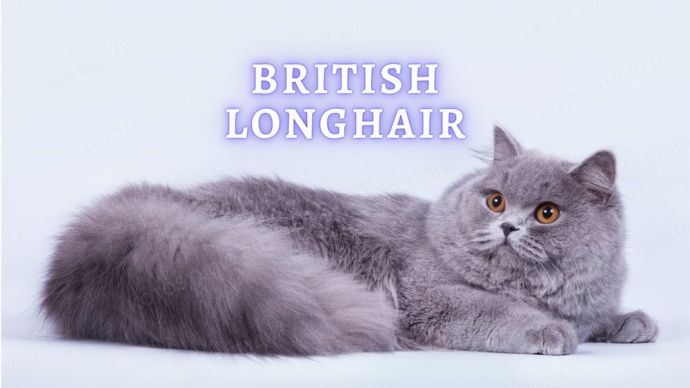 Cat Breeds British Longhair: Everything You Need to Know About the British Longhair Cat
Cat Breeds British Longhair: Everything You Need to Know About the British Longhair Cat - 2555
- 0
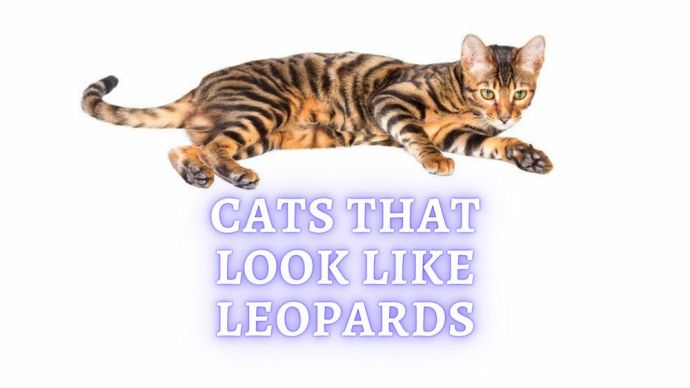 Cat Breeds Cats That Look Like Leopards: 10 Cat Breeds That Look Exactly Like Leopards
Cat Breeds Cats That Look Like Leopards: 10 Cat Breeds That Look Exactly Like Leopards - 277
- 0
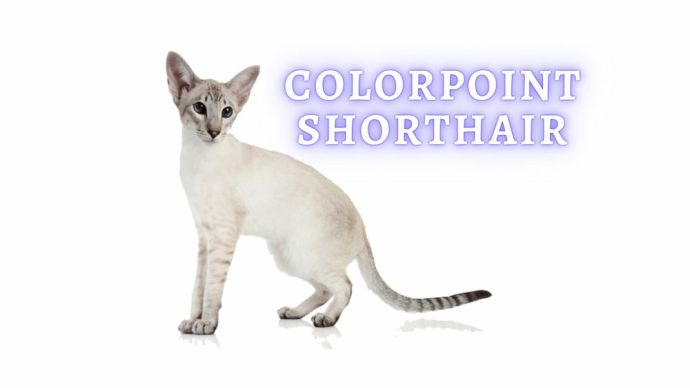 Cat Breeds Colorpoint Shorthair: Colorpoint Shorthair Cat Breed History, Temperament and Personality
Cat Breeds Colorpoint Shorthair: Colorpoint Shorthair Cat Breed History, Temperament and Personality - 198
- 0
 Cat Care Why Does My Cat Attack My Legs? 10 Reasons Why and What To Do About It (Vet-Approved Advice)
Cat Care Why Does My Cat Attack My Legs? 10 Reasons Why and What To Do About It (Vet-Approved Advice) - 45082
- 21
 Cat Veterinary Tips Cat Stomach Gurgling: Vet Advice on Why is Your Cat Stomach Gurgling?
Cat Veterinary Tips Cat Stomach Gurgling: Vet Advice on Why is Your Cat Stomach Gurgling? - 33731
- 4
 Cat Veterinary Tips My Cat Lost its Voice: Can Cats get Laryngitis? (Vet Advice)
Cat Veterinary Tips My Cat Lost its Voice: Can Cats get Laryngitis? (Vet Advice) - 22890
- 13









